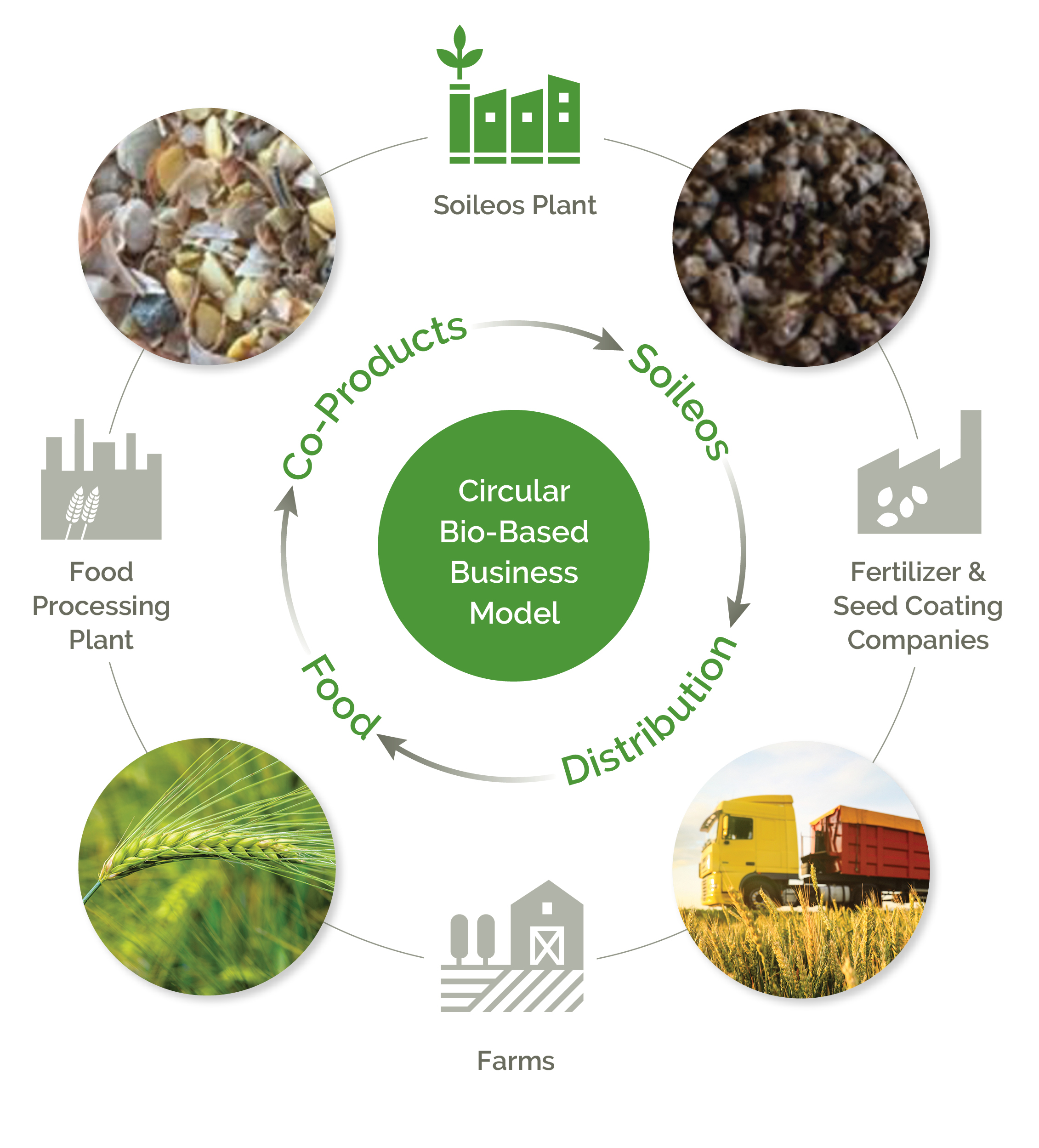
Over the last couple years if you have had your ears tuned to sustainable business practices, chances are you have heard the buzzword Circular Economy (as opposed to a linear economy). Perhaps you wondered is this a trendy power word for corporate greenwashing or an actual solution?
The Circular Economy (CE) model is in fact recognized as the way for businesses to implement sustainable development[1] [2] and ultimately achieve sustainability[3].
Awesome! But what does it mean?
It turns out that there are almost as many definitions for CE as there are researchers in this space—which constitutes a serious challenge for scholars as they try to gather data and analyze tactics. So clearly some work needs to be done here to nail down the specifics.
The Ellen Macarthur Foundation, a leader in the transition to a CE, defines it as “a systems solution framework that tackles global challenges like climate change, biodiversity loss, waste, and pollution.”
Fundamental to the CE is long-term thinking that seeks the “optimization of resource yields by keeping materials in use for the longest possible technical and biological cycles.”[4]
In this way, the CE is positioned as an approach that alleviates stress on the environment while generating economic gains. Both policy and technological changes will be needed to truly advance the CE.
Take-Make-Waste vs Reduce-Reuse-Recycle-Renew
The linear and circular economy models are fundamentally different; transitioning from linear to circular requires more than just recycling or incremental tweaking of the current system to close the loop. Current linear economic approaches have short term vision, and do not fully consider the longer-term maintenance of resources, either physically or economically. In contrast, circularity looks at long term, multiple life cycles. Economic evolution from linear to circular is a vitally necessary paradigm shift that “changes the way in which value is created and preserved, how production is made more sustainable and which business models are used. “[5]
Pillars of Sustainable Development
Sustainability is typically understood as meeting the needs of the present without compromising the future. Successful implementation of the CE will need to take a holistic view, examining each of environmental quality, economic prosperity, and social equity—the three dimensions of sustainability. “The CE model aims to contribute to the sustainable development of countries and regions by increasing the offer and use of renewable sources, the replacement of natural resources with secondary materials, the use of clean technologies, and more efficient processes and other actions oriented towards the reduction of emissions and waste, decreasing the impact on the environment.”[6] A CE understanding that fails to incorporate all three pillars of sustainable development can result in CE implementation that is not sustainable.“[7]
Innovative companies and forward-thinking managers are finding ways to increase the degree of circularity in their businesses. The circular economy is how society can make capitalism regenerative. Regenerative capitalism refers to business practices that restore and build rather than exploit and destroy and goes beyond net-zero emissions to a net-positive impact on the planet.
Want to learn more about Circularity and how Lucent Bio is helping agriculture transition to sustainability? Read our new whitepaper now!

Resources:
[1] Kirchherr, J., Reike, D., & Hekkert, M. (2017). Conceptualizing the circular economy: An analysis of 114 definitions. SSRN Electronic Journal. https://doi.org/10.2139/ssrn.3037579
[2] Velenturf, A. P. M., & Purnell, P. (2021). Principles for a sustainable circular economy. Sustainable Production and Consumption, 27, 1437–1457. https://doi.org/10.1016/j.spc.2021.02.018
[3] Araujo Galvão, G. D., de Nadae, J., Clemente, D. H., Chinen, G., & de Carvalho, M. M. (2018). Circular economy: Overview of barriers. Procedia CIRP, 73, 79–85. https://doi.org/10.1016/j.procir.2018.04.011
[4] Aznar-Sánchez, J. A., Mendoza, J. M. F., Ingrao, C., Failla, S., Bezama, A., Nemecek, T., & Gallego-Schmid, A. (2020). Indicators for circular economy in the Agri-Food Sector. Resources, Conservation and Recycling, 163, 105028. https://doi.org/10.1016/j.resconrec.2020.105028
[5] Circular economy—kenniskaarten—het groene brein. Kenniskaarten. (2020, June 22). Retrieved from https://kenniskaarten.hetgroenebrein.nl/en/kenniskaart/circular-economy/
[6] García-Sánchez, I.-M., Somohano-Rodríguez, F.-M., Amor-Esteban, V., & Frías-Aceituno, J.-V. (2021). Which region and which sector leads the circular economy? CEBIX, a multivariate index based on business actions. Journal of Environmental Management, 297, https://doi.org/10.1016/j.jenvman.2021.113299
[7] Kirchherr, J., Reike, D., & Hekkert, M. (2017). Conceptualizing the circular economy: An analysis of 114 definitions. SSRN Electronic Journal. https://doi.org/10.2139/ssrn.3037579
